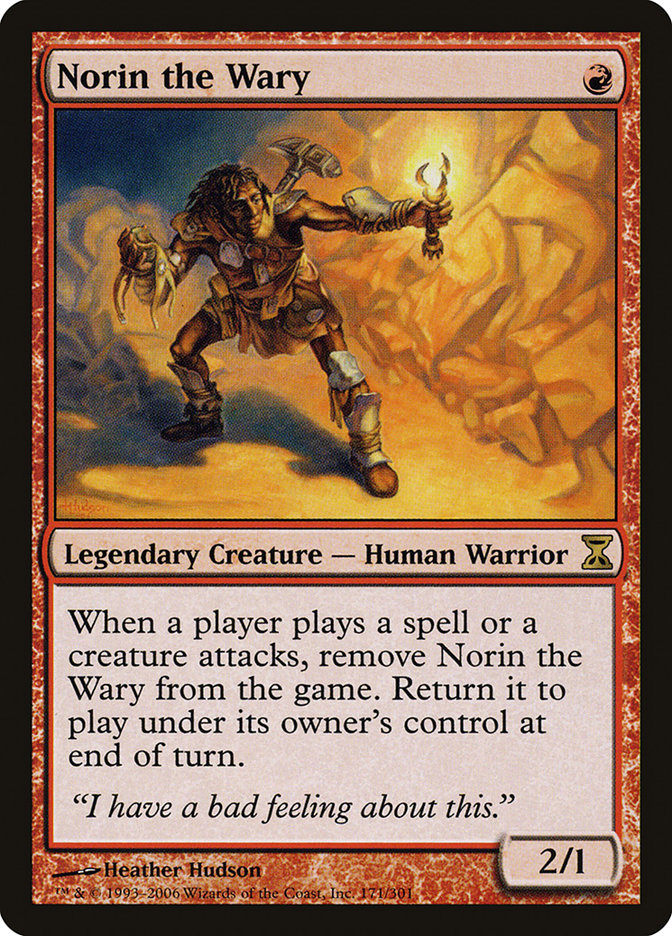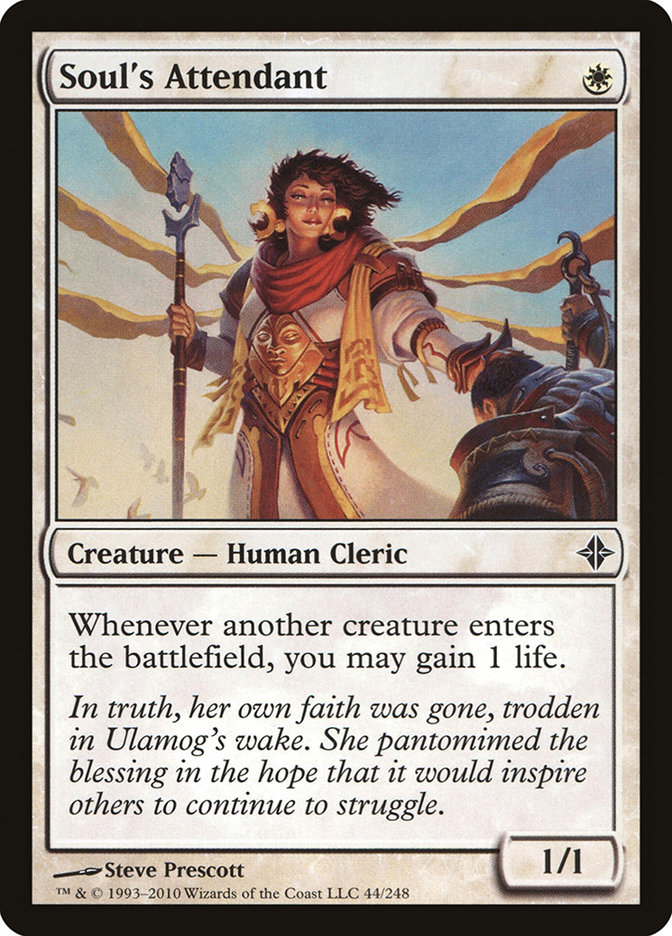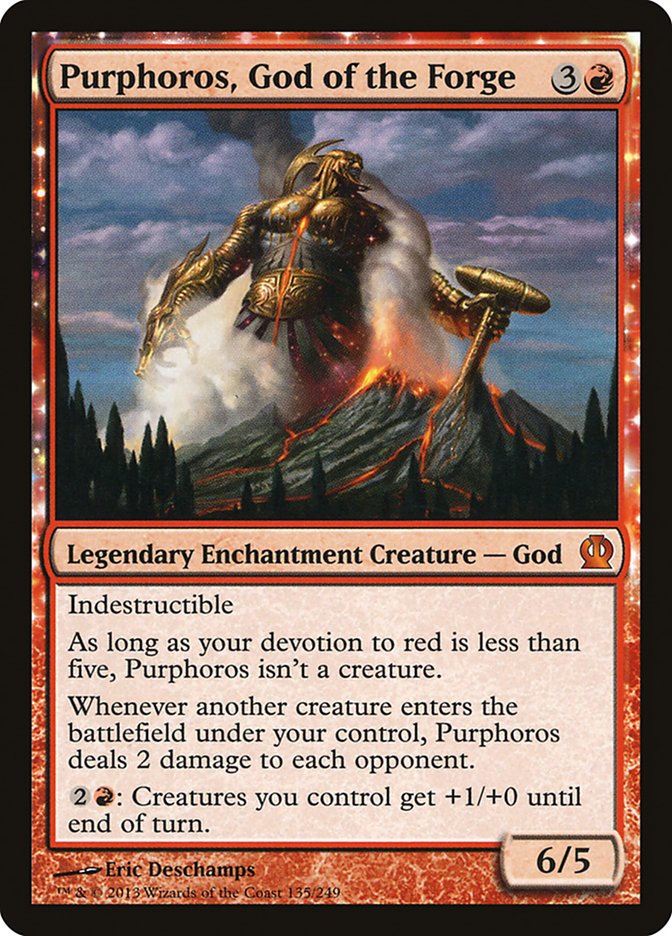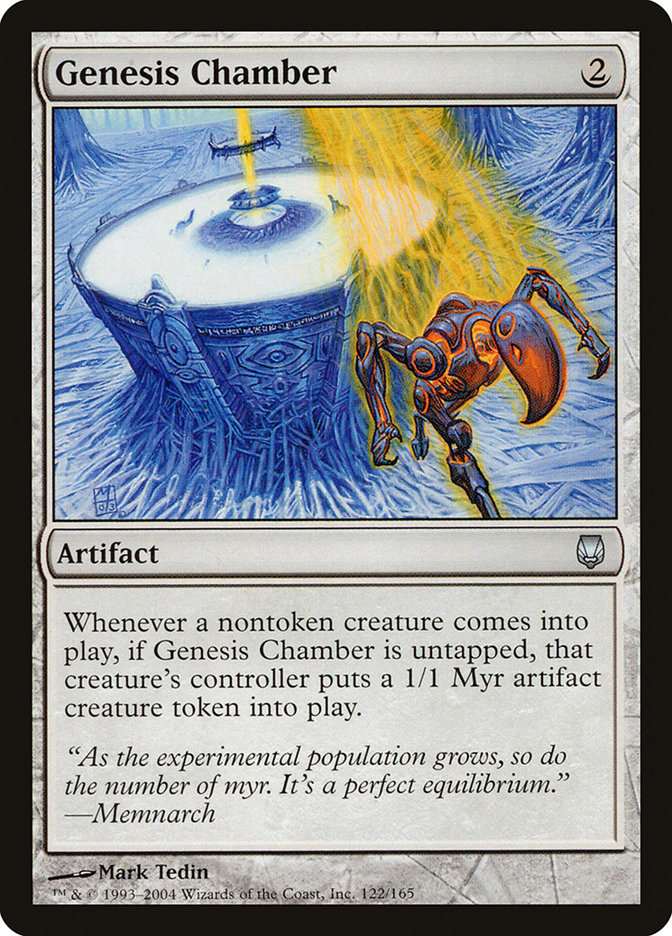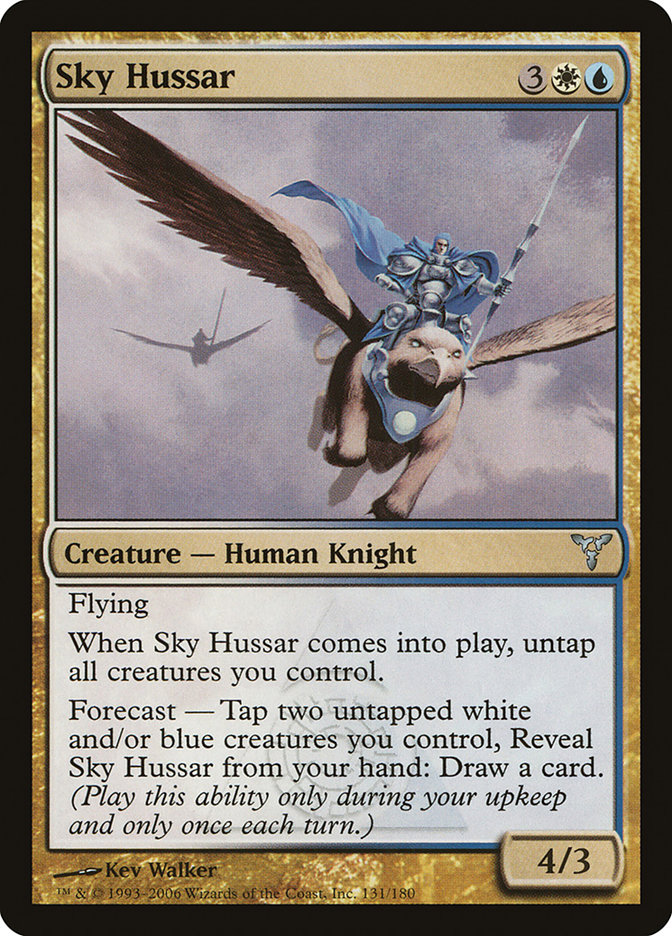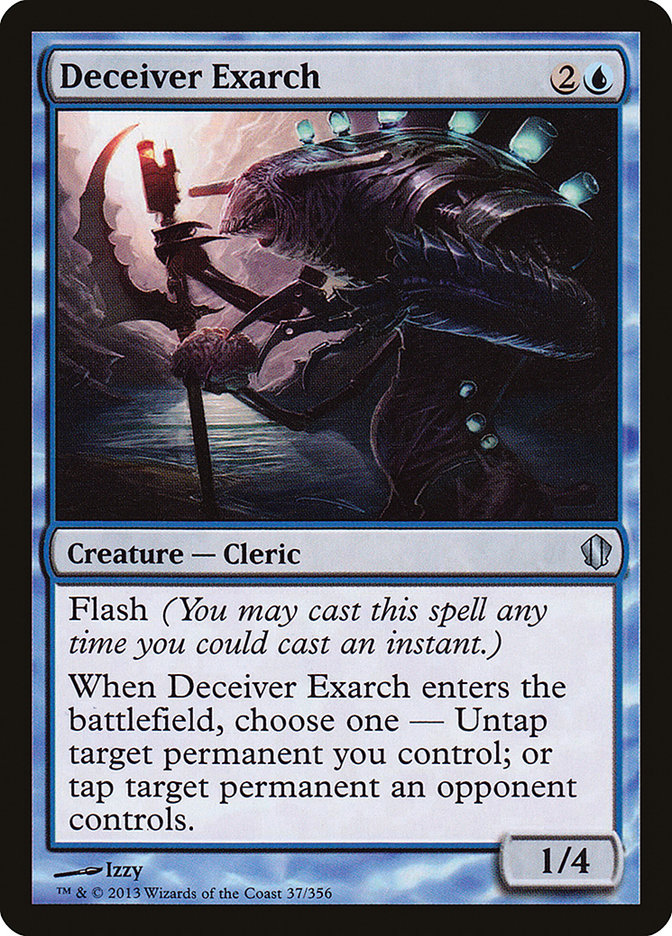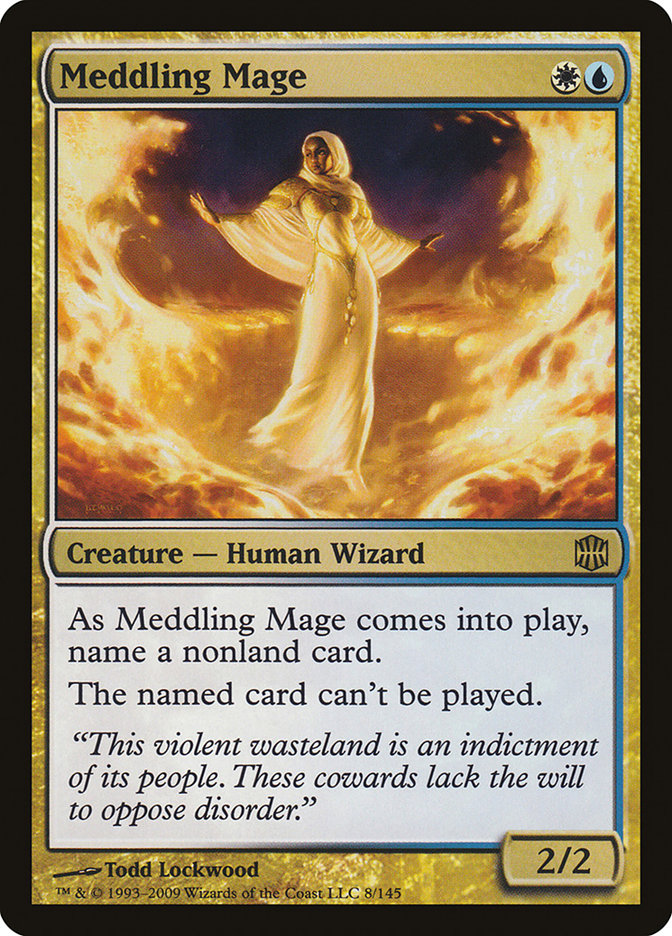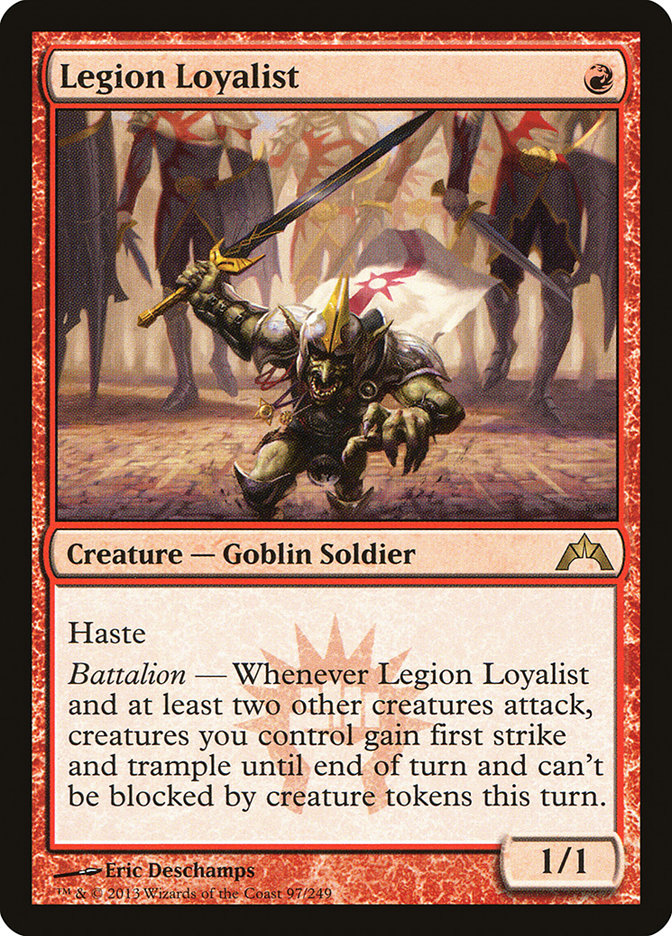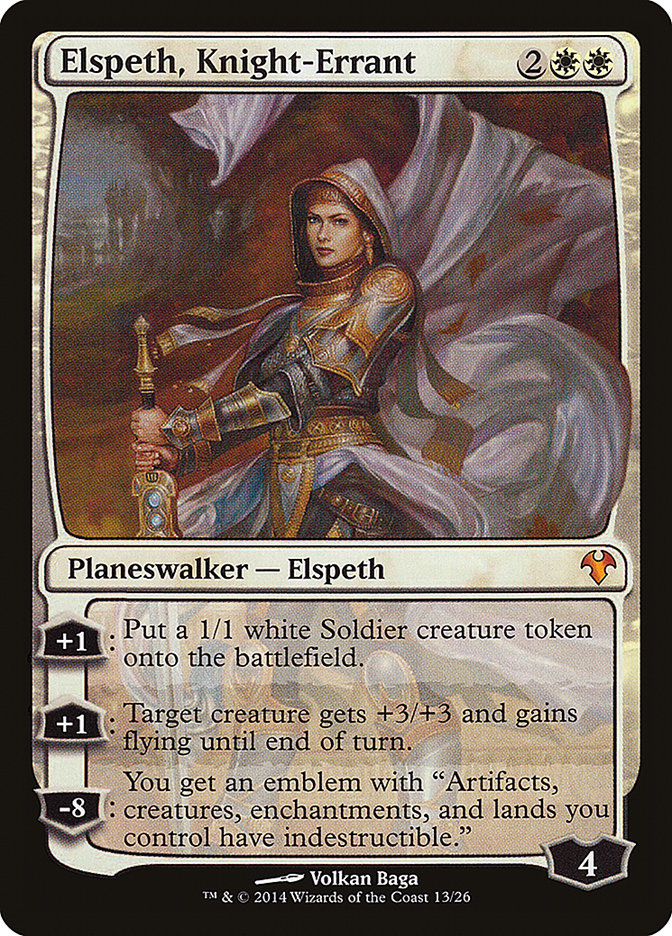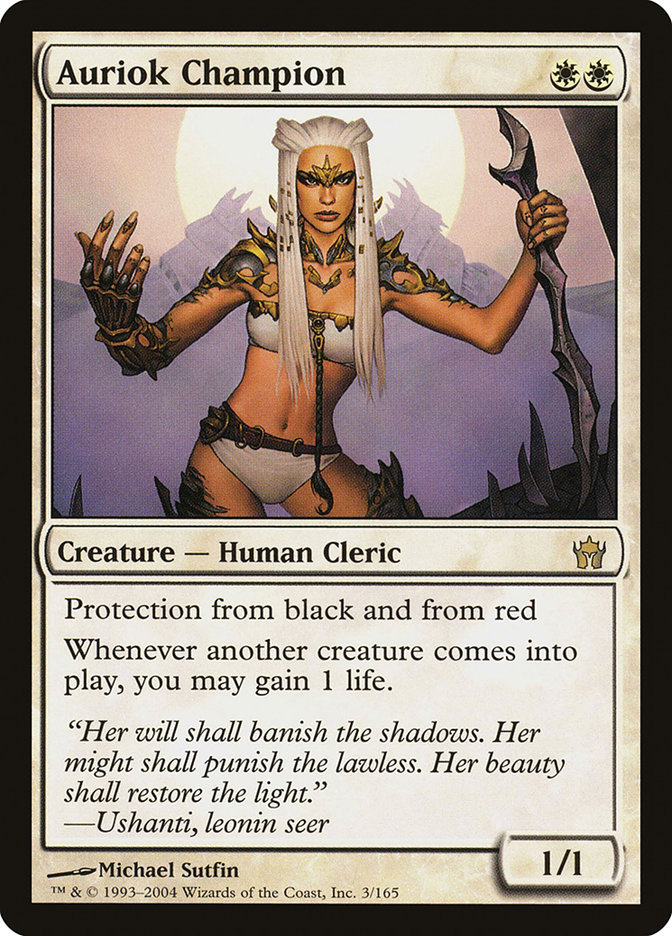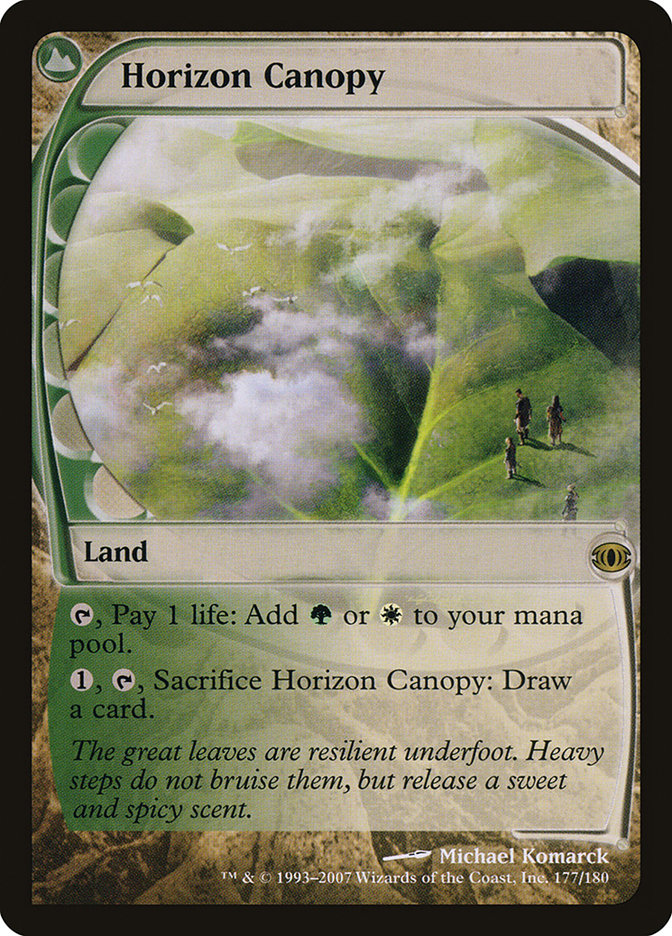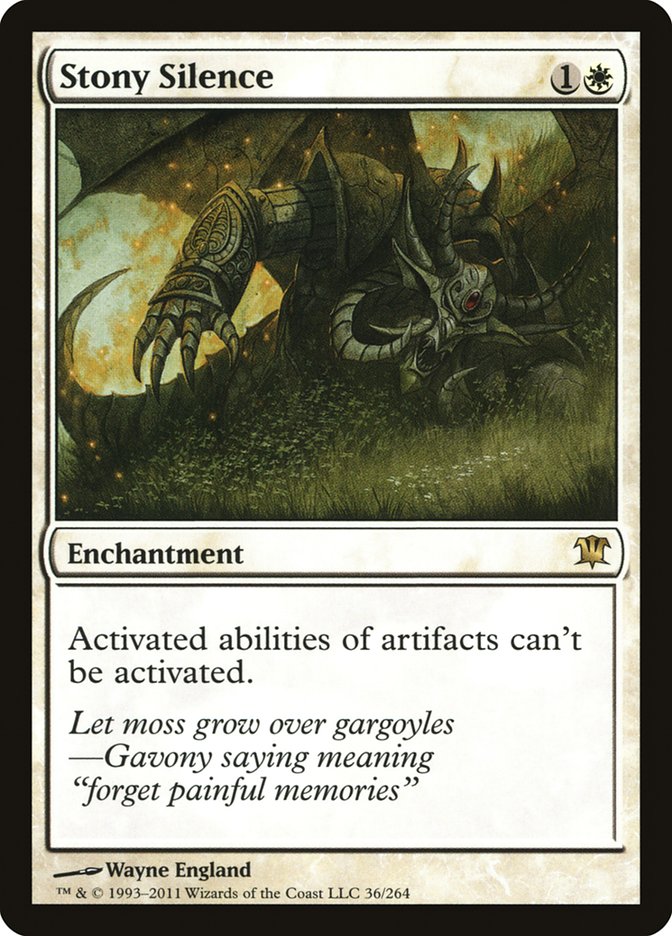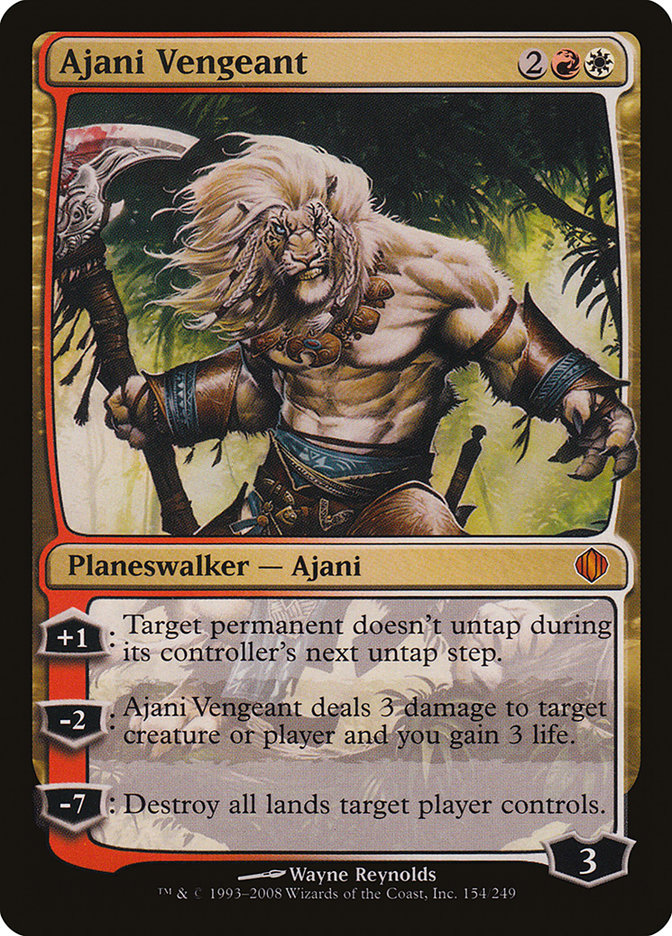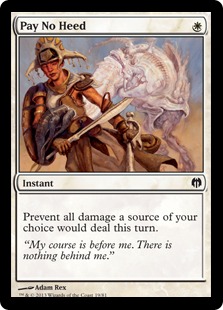I played Soul Sisters at the Pro Tour.
And I’m glad I did.
I didn’t have an incredible record with the deck, only 3-2, but all of the playtesting leading into the event led me to believe it would be a good choice, and in the aftermath of the Pro Tour, looking at how popular various decks were, I still feel good about the decision. Given all of the decks that I was considering, I think it was likely the best choice for me (or second-best, but more on that in a bit), and the deck was good.
Really good.
Let’s take a trip into the deck’s past.
Origin Story
If you know anything about me, you’ll know that not only have I been playing this game for a long time, but I’ll travel for it. I’ll drive.

Here you can somewhat see my typical range of driving to the events that were potentially on my calendar back in 2014. All roads lead to my home, Madison, of course. For the purposes of this story, though, check out that trail south, down to Nashville. More on this in a bit…
One of the ways that I work on Magic is to just work on everything that is a potential tournament format. Right now, that means more Draft and Modern than anything else, simply because on my calendar are the upcoming Grand Prix in Detroit, #GPDC, and The SCG Tour® in Louisville (#SCGLOU), though the last one is a deep maybe. More usually, things are closer to wide open as far as formats go, and I would basically play everything.
Typically that means that for formats like Legacy and Modern, I have simply a ton of decks in the folder, some of which haven’t been viable in a while, but all of which have a root that feels real.
Take my build of Obliterator Rock. I’d played the deck to a Top 64 in GP Chicago 2012 with only one bye and then massively updated it to achieve another Top 64 in GP Omaha 2015 with two byes. I’d been working on the deck since some time before Chicago, and I’m working on it still (short story: I didn’t think it was good before the Splinter Twin and Summer Bloom bannings and wasn’t confident in it for the Pro Tour, but I think an update of it might be good now).
My goal is to be nimble and not reinvent the wheel every time a new set or a banning happens. For example, on my list of “perennials,” if you will, are G/U Infect, Sultai Infect, U/W Flash, several Grixis variants, my B/G Obliterator deck, three versions of Burn, my Ojutai Control deck, and then more fringe decks like five versions of Allies, Prison, and others.
On one of my trips southward, I stopped at my good friend J.P. Roney’s place in the heart of Nashville. He’d been talking up Soul Sisters for some time, and he was so excited about it, I thought I’d hear him out.
His build wasn’t the typical mono-white build that I basically had little-to-no interest in, but rather a multicolor version that made use of Norin the Wary.
All Soul Sisters decks employ “The Sisters,” but Norin is obviously a really great combo with them.
And, of course, he was using other cards to also get good use out of the Norin the Wary shenanigans:
Now, all of these concepts are pretty typical for the Norin the Wary builds of Soul Sisters. If you go online into numerous discussion forums, you’ll find these cards making the rounds in all of the versions of the deck that are running with red.
We spent some time talking that trip about the problems of the deck. After all, this is Modern. Every deck that isn’t brand spanking new has problems. Even the Eldrazi will have problems once they have guns trained on them. It’s inevitable. Modern is just too big.
One of the problems he was having was with slow blue grindy decks. There were other problems, to be sure, but it was an issue.
After a long discussion, I suggested we play with his life total a little bit and run these cards:
He agreed that this was an interesting idea, and he was going to try it out.
Fast forward a few weeks, and I got an excited call from him.
“I found it,” he said.
“Oh?” I knew he was talking about Soul Sisters, but I was curious what he had in mind.
“I was going through the spoiler list on all the Humans, and remember how you had mentioned Meddling Mage?”
“Yeah,” I replied.
“Well, I found it. Sky Hussar.”
Wow.
My mind felt like I was in the theater taking in the final scenes of 2001: A Space Odyssey. After I recovered, I asked him how it had been going.
“GREAT.” He was so emphatic, I could feel the capital letters in how he said it.
Now, mind you, this was months ago. Splinter Twin and Amulet Bloom were still regular players in the metagame. Splinter Twin wasn’t a horrible matchup, but it wasn’t good, either. Amulet Bloom, on the other hand, was mostly a bad matchup; unless you managed to get a killer draw, they’d typically get it easily.
Still, though, I filed the deck away. I played it on the regular. And I played everything else too, but now the deck was in my files.
Pro Tour Prep
The bannings weren’t out yet, and for that matter the full spoiler for Oath of the Gatewatch wasn’t even out yet, but I still was working on Modern.
Modern is such a huge format that it takes a lot of effort (like a few bannings and the surprise power of a new set) to move the needle. Without a 100% clear indication on how it was all going to play out, I was just practicing everything. What I wanted was to have a sense of the strengths and weaknesses of the decks I liked now, given my expectation that Amulet Bloom would be banned, and expecting that the metagame wouldn’t waver too wildly.
In early January, I wrote to Team Mad Apple the following:
What are your (very) preliminary deck preferences? I, like Zvi, feel like this is a format that better suits practice with your deck.
As of today, my preferences are:
1st – Lantern Control
2nd – Burn
3rd – Grixis Control
4th – G/B Decks
5th – U/R Delver
6th – Random creature-based linear decks
7th – G/W Hate Bears
I know that is a lot of stuff. I strongly recommend, if you’re like me and have a huge list of decks you’re considering, narrowing that list down as quickly as possible, and getting in maximum practice.
This would change soon.
After the Bannings
I expected Amulet Bloom to go. Perhaps I also should have expected Splinter Twin to depart, but I didn’t. With the bannings, I was suddenly in a surprising new world. One of the big things I was excited about was the prospect of attacking.
If you’re like me and you experiment with any number of decks, one of the things I’m sure you’d discovered was that you’d have an excellent aggressive deck, but you just couldn’t beat Splinter Twin because of this:
One of two things would happen:
a) You’d make a push for the kill, and they’d tap a key attacker, and sometimes even block on top of it, and you’d fall short.
b) You’d push in for a kill on the next turn, and they’d tap your mana, untap and win.
This profile affected basically all of my aggressive decks that weren’t wildly explosive like Affinity or Infect. It wasn’t that Splinter Twin decks disallowed interaction, but rather that they demanded a very specific vector of interaction, and they were the lucky recipient of all of the benefits of the threat-theory/answer-theory matrix in that conflict.
With Splinter Twin gone, the world was a different place. I said as much to the team:
So the world is a different place, obviously.
I’m still processing it all. But, here are the basic groups of decks I’m considering, in very rough order:
– Decks that attack (Zoo, Allies)
– Decks with Cryptic Command (slower Grixis, U/W Flash, Jeskai Flash, others)
– Soul Sisters
– G/B-like decks (B/G Obliterator, Jund, Abzan)
– Lantern Control
I got in a playtest session with Steven Moerke, and one of the things that I was struck by is that if we’re expecting G/R Tron and Eldrazi and Affinity to be big players in the new metagame, Lantern is a great choice. On the other hand, Burn, Jund, and Grixis (of the right configuration) are not great opponents for Lantern.
Soul Sisters is a pet deck of a friend of mine who just moved to NYC. It’s a deck that just crushes nearly everyone who attacks. In the new metagame, unless we’re seeing a lot of Anger of the Gods / Damnation / Engineered Explosives, this could be a good call.
Over the next week, I’d actually end up off of a lot of the decks that I mention, above. I ended up down to these by the week of the Pro Tour:
– Allies
– Burn (two varieties)
– Grixis Control
– Lantern Control
– Soul Sisters
Why these decks?
Well, Allies is just a shockingly good deck that attacks. It is so blindingly fast that I love it in a world where it is engaged in races against other aggressive decks as well as against decks that think a Firespout will save them. In a Tron/Eldrazi/Affinity/Burn world, this would be a good choice. However, it wasn’t particularly good against anything sneaky, nor was it good against Snapcaster Mage decks.
Burn? Well, Burn is Burn. It is a great deck just in a vacuum, I knew how to play it, and there are very few matchups that are legitimately truly bad. In addition, it had some free wins based on both matchups and simply poor piloting from an opponent who should win but doesn’t know how much danger they might be in.
Grixis was a kind of control safety net. Snapcaster Mage and Kolaghan’s Command are great friends, and if nothing else, this was solid. I didn’t like the idea of playing it against any variety of Eldrazi, though. Our group didn’t have the newer builds, but even the old builds were a nightmare.
Lantern Control was the deck I actually thought was probably the best choice for the Pro Tour. However, the deck isn’t just difficult to pilot; it can be exhausting to pilot. I was particularly concerned with the potential for language barriers to add to the clock, as well. Usually, language isn’t a huge deal at the Pro Tour. However, with Lantern Control, there are so many activated abilities that properly communicating them could easily take more time, and I was worried about failure to finish matches.
Finally, there was Soul Sisters.
I just really liked how the deck was positioned. The grindy matchups like Jund and Grixis were close, but the true aggro matchups and the true control matchups felt like a win for Soul Sisters. G/R Tron, a deck I was still concerned about at the time, was a potential threat, but the sideboarding felt great for that matchup. Infect was horrifyingly bad, but this is Modern. You (usually) can’t win them all unless you break it.
Soul Sisters was emerging as my deck of choice. Not only that, it was becoming a clear front-runner.
Honing
One of the important elements for any decklist is polish. You don’t need a deck to be perfect, but it is important that the deck has been run through the paces so that clearly bad things don’t happen. For example, if you’re sideboarding Blood Moon and you discover that your plan of running both Blood Moon and Meddling Mage in the same sideboard fails most of the time because your mana can’t support it, either Blood Moon or Meddling Mage is a bad part of your plan, or you need to alter the deck to support both. You can’t dwell simply in the theoretical. Magic cares about the way things play out on the ground.
It was in this time that the deck got its “Heartbreakers” moniker. I was putting horrifyingly cruel cards onto the battlefield. In one game, I started with Stony Silence into Blood Moon and then froze a tapped Forest from G/R Tron. “Ugh! That was heartbreaking!”
Ding-ding!
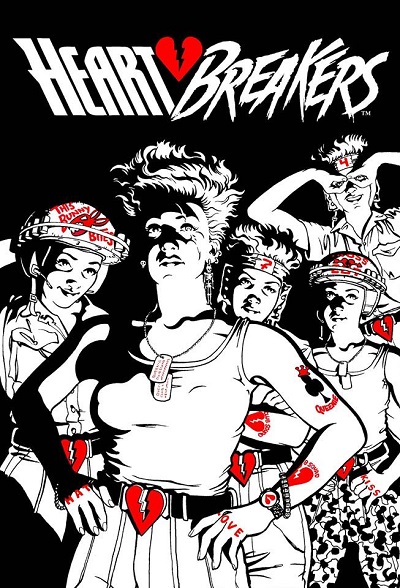
I had been engaged in honing for some time, but I went down to Illinois to hang with Jeff Hoogland for a few days and see if I could get the last bits of polish onto the deck and smooth the rougher edges. I’m fantastically glad I did for many reasons, not the least of which was making my sideboard feel ready.
After I got down to the Pro Tour, here is what I registered:
Creatures (31)
- 4 Soul Warden
- 3 Auriok Champion
- 4 Sky Hussar
- 4 Norin the Wary
- 2 Ranger of Eos
- 3 Soul's Attendant
- 4 Ajani's Pridemate
- 4 Champion of the Parish
- 1 Legion Loyalist
- 2 Purphoros, God of the Forge
Planeswalkers (1)
Lands (20)
Spells (8)
Sideboard

I loved the deck, even though I only went 3-2 with it. My first Modern opponent was Infect, the deck’s worst matchup, and in game 2, he killed me on turn 3 through resistance. C’est la vie!
When it comes to honing, I think there are several things to talk about.
In a surprising number of games, the battlefield gums up and you’re sitting with a huge/huge Champion of the Parish or Ajani’s Pridemate or a mess of Genesis Chamber Myrs, and this little guy tears the game open. I didn’t have this in the deck for a long time, despite J.P. telling me I should run him. Eventually, it was a match against Abzan CoCo that made me realize I would have won most of the games I’d lost if I’d had the card in my deck, and that made me put it in.
At that some point, I came to the realization that the aggressive draws of Soul Sisters were actually incredibly aggressive. I was looking for another Legion Loyalist effect, but I also wanted a card that would be good on an empty battlefield as well as something that might just break open an aggressive game. I was reminded of Zoo sometimes including one Elspeth, Knight-Errant in the past, and so I tried it out. It was great, and I never looked back.
At one point, I only had three copies of Path to Exile in the deck, and the fourth was in the sideboard. However, the card was just what it is: Path to Exile, one of the best cards in Modern. Importantly, Inkmoth Nexus is one of the cards you actually need to be able to fight, and this is one of the best ways to do it. In addition, Path to Exile is just a powerful removal card. In a pinch, you can even use it to get a turn 3 four-drop, which can be important in some matchups. Ultimately, the “clever” idea of shirking on Paths wasn’t clever enough, and shifting back to the “obvious” use of four Path to Exile was important.
Finding the right configuration of Sisters in Soul Sisters is important. Without enough “Little Sisters” (Soul Warden and Soul’s Attendant), you can’t get the beatdown draws of Ajani’s Pridemate or Champion of the Parish nearly as often. However, Auriok Champion (“Big Sis”) is just so incredibly powerful that it warrants extra thinking. The cost is potentially a problem, but the payoff is huge.
Ultimately, every other card in the deck needed the room it needed, so there was only room for ten Sisters in total, and with three of them demanding to be Auriok Champion (largely because of the predicted metagame including a reasonable amount of red removal), only seven Little Sisters it was. The Auriok Champion in the sideboard was a key part of the plan against the red-based removal, but fitting it into the main felt impossible, because we wanted as many Little Sisters as possible.
The question of mana is always important. At a certain point, it was getting clear we were occasionally suffering from the flood/screw problem that hits plenty of decks that don’t have strong card selection elements. Thankfully, Legacy aficionado Ian Degraff suggested Horizon Canopy, and it tested out so well that there was immediately some testing about a second Horizon Canopy, and also a discussion of shifting to 21 lands. Ultimately, we ended up sticking to twenty lands with one Canopy, but I think this was a remarkably important shift.
I misassessed the metagame as being G/R Tron-heavy, which is a large part of why there were so many copies of Blood Moon. Still, though, this card is a total monster, and in that metagame, moving up to three and three of Blood Moon and Stony Silence was just devastating. In addition, Stony Silence was just so cruel to Affinity and Lantern decks, it felt like an incredible inclusion. Heartbreaking, one might say…
This is a R/W deck with Blood Moon. Immediately, examining any cards that tax an opponent’s mana becomes important. Also important, though, was the true issue of decks that might be able to actually fight what Heartbreakers is doing. Going at things sideways with powerful cards can be a way of doing that. I ran numerous planeswalkers in an attempt to find the right ones, and eventually ended at just two.
Gaudenis Vidugiris didn’t think these were good enough to fight against the controlling decks, but I just generally found that they were a part of a concerted plan that made it hard for a Snapcaster Mage deck to be able to get its footing. Typically, they’d end up out-of-position, and it wouldn’t be the Ajani Vengeant that killed them but the Purphoros, God of the Forge or Blood Moon that they opened themselves up to because they fought Ajani.
I actually wish that I’d had another, but I couldn’t see what to cut at the time. Pay No Heed did everything I wanted it to. It could steal wins away from Infect or Affinity, protect my team from a Pyroclasm effect, or turn off a burst of damage, whether it was from Valakut, the Molten Pinnacle or Lightning Storm. Infect is a damn horrible matchup, but Pay No Heed sits in that perfect place of being a great sideboard card against them while also having other applications.
Aftermath
The tournament did not go well. I went 0-3 in the Draft portion, and when I think about why, I can’t point to the point where things turned out badly. To me, this says I probably didn’t do nearly enough Limited preparation, even though I felt like I did a lot.
My three wins felt so absurdly easy, they were almost free. One Burn player got basically a perfect draw and a near-perfect draw … and couldn’t win. One Death’s Shadow Zoo player got an incredible opening, nearly killed me, couldn’t handle my recovery, and wasn’t even in it at all in game 2. One Jeskai Control player beat me in the game I double-mulliganed, but only barely, and in the other two, I pushed him around with Cavern of Souls and a Norin the Wary that couldn’t be stopped from triggering.
On the other hand, my losses, to Infect and Scapeshift, were rough 0-2 defeats. Infect is just a horrifyingly bad matchup. That specific Scapeshift matchup was one I’d never even tested (having tested the Cryptic Command build instead, and not much). But such is the way of Modern. Fourteen players played Scapeshift, but how many of them were the turbo variety like this opponent was? I have no idea. I understand that someone played Possibility Storm at the Pro Tour, and I certainly didn’t test against that, either.
I still love the deck, and I’m likely to play it in the future if metagame circumstances are favorable. Early testing against Eldrazi is only fair, but I’ll take fair. I think this deck is the real deal in Modern, and I’m grateful to my friend J.P. Roney for turning me on to it. Give it a whirl – you’ll be glad you did!


